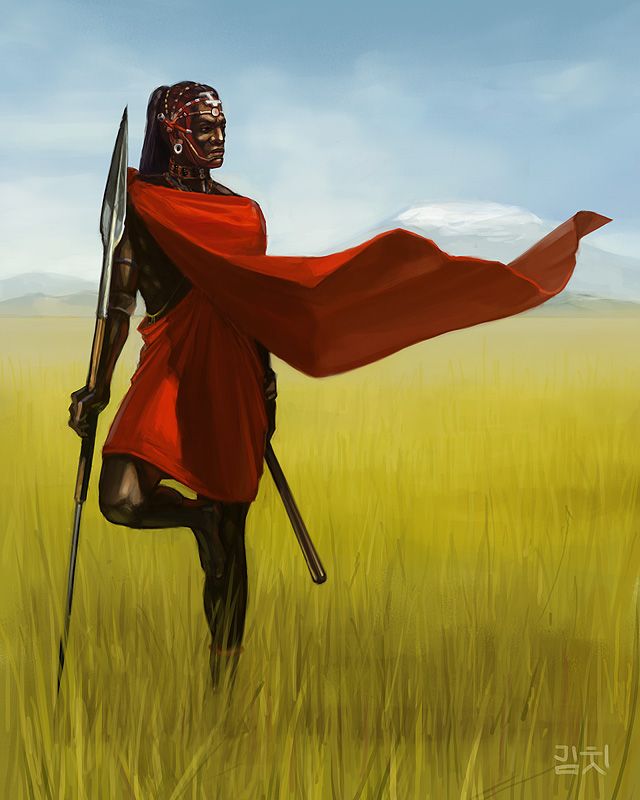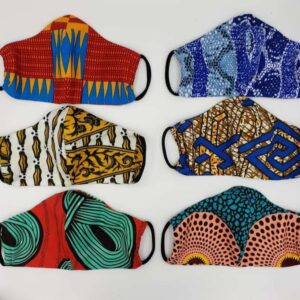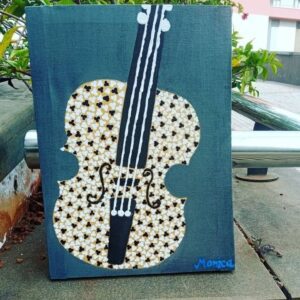The Mystique of Maasai Art: A Cultural Marvel
The Maasai people of East Africa boast a rich cultural heritage that is beautifully depicted through their artistry. From intricate beadwork to vibrant textiles, Mystique of Maasai Art is a testament to their traditions and identity. In this article, we delve into the captivating world of Maasai art, exploring its significance, techniques, and enduring appeal.
Exploring the Origins
Maasai art finds its roots in the traditions and customs of the Maasai community, which dates back centuries. For the Maasai people, art is not merely a form of expression but a way of life, deeply intertwined with their rituals, ceremonies, and daily existence.
Beadwork: A Symbol of Identity
Central to Maasai art is beadwork, renowned for its intricacy and symbolic significance. Each bead carries meaning, representing aspects of Maasai culture such as age, marital status, and social standing. From jewelry and adornments to decorative items and ceremonial regalia, beadwork is omnipresent in Maasai society, serving as a visual language that communicates tradition and heritage.
Textiles: Weaving Stories of Tradition
Another hallmark of Maasai artistry is their vibrant textiles, crafted with meticulous care and attention to detail. Traditionally made from animal skins, modern interpretations often feature colorful fabrics adorned with intricate patterns and designs. These textiles serve a dual purpose, both practical and symbolic, as they not only provide warmth and protection but also convey stories of the Maasai way of life through their motifs and imagery.
Warrior Shields: Guardians of Tradition
Among the most iconic symbols of Maasai art are their warrior shields, meticulously crafted from wood and adorned with intricate patterns and symbols. These shields not only serve as protective gear in times of conflict but also hold deep cultural significance, representing strength, courage, and the warrior spirit of the Maasai people.
Preserving Tradition in a Modern World
In today’s rapidly changing world, Maasai art faces the challenge of adaptation while preserving its authenticity and cultural heritage. With the rise of tourism and global markets, there is both opportunity and risk for Maasai artisans. While increased exposure can bring economic empowerment and recognition, there is also the danger of exploitation and cultural appropriation.
Supporting Maasai Artisans: A Call to Action
As admirers of Maasai art, we have a responsibility to support and uplift the communities behind these creations. By purchasing authentic Maasai artwork directly from artisans or ethical retailers, we can ensure that the proceeds benefit the creators and their families, contributing to sustainable livelihoods and cultural preservation.
Conclusion: Celebrating Maasai Art
In conclusion, Maasai art is not just about aesthetics; it is a living expression of a vibrant culture and proud heritage. From beadwork to textiles and warrior shields, each piece tells a story, preserving tradition in a rapidly changing world. By honoring and supporting Maasai artisans, we not only celebrate their creativity but also uphold the values and spirit of the Maasai people for generations to come.








Be the first to review “Mystique of Maasai Art”
You must be logged in to post a review.